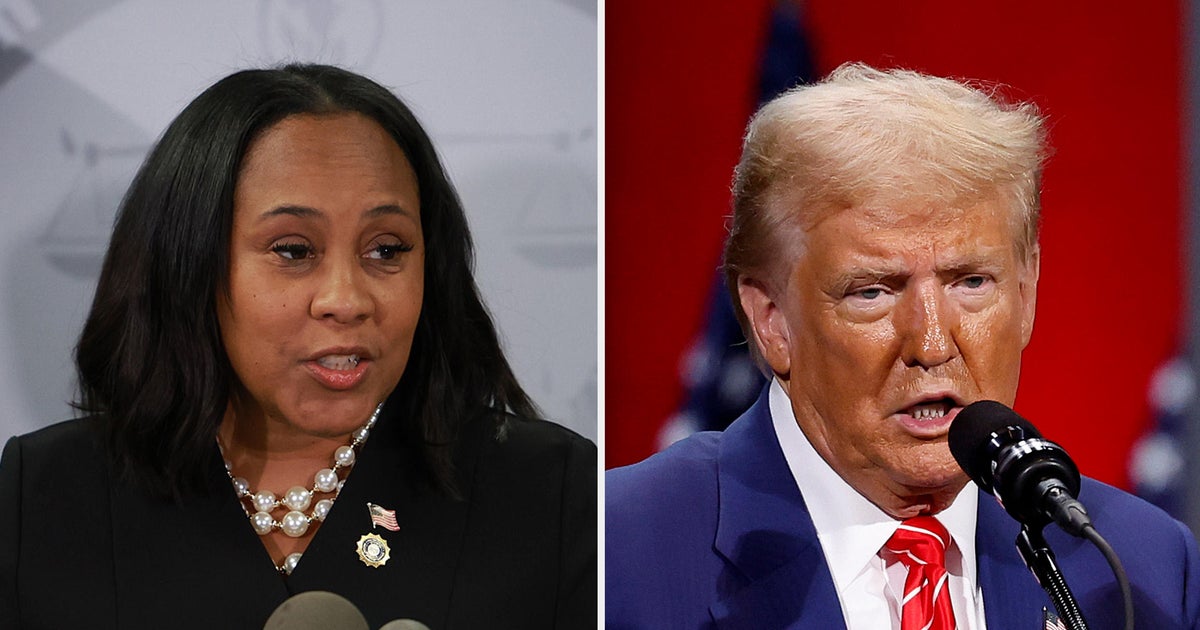CDC updates coronavirus guidelines to include airborne transmission
The Centers for Disease Control and Prevention now says COVID-19 can be spread through airborne transmission, according to updated guidance on the agency's website. The update, which is now available on the agency's "How It Spreads" page, says that people who are more than 6 feet away from each other can still become infected from small droplets and particles that linger in the air, especially in enclosed spaces that have poor ventilation.
The revised guidance comes after the CDC briefly updated its website to warn about airborne transmission last month, but then removed the information, saying it was still under review. Now, the CDC compares the respiratory spread possibility to different infections like tuberculosis, measles, and chickenpox, all viruses that spread through airborne transmission.
"There is evidence that under certain conditions, people with COVID-19 seem to have infected others who were more than 6 feet away," reads the new guidance. "These transmissions occurred within enclosed spaces that had inadequate ventilation. Sometimes the infected person was breathing heavily, for example while singing or exercising."
So what does this mean for the average person? The CDC still asserts that close contact with someone infected with COVID-19 is the most common way to contract and spread the disease. However, the guidance on airborne transmission confirms that going maskless in poorly ventilated areas, such as restaurants and bars, where a person with COVID-19 has been could still result in infection.
The news comes as cases in the U.S. continue to rise. Even the White House found COVID-19 hard to escape as President Trump announced he and first lady Melania Trump had both tested positive for the virus — just hours after aide Hope Hicks tested positive. Since then, more White House officials and others close to Mr. Trump and staff have also begun to test positive, including White House press secretary Kayleigh McEnany.
With more 7 million confirmed cases and 210,000 deaths, the U.S. still leading the world in coronavirus infections. Experts hope the updated guidelines might encourage residents to take additional steps to protect themselves, preferably staying away from crowded spaces as much as possible.



